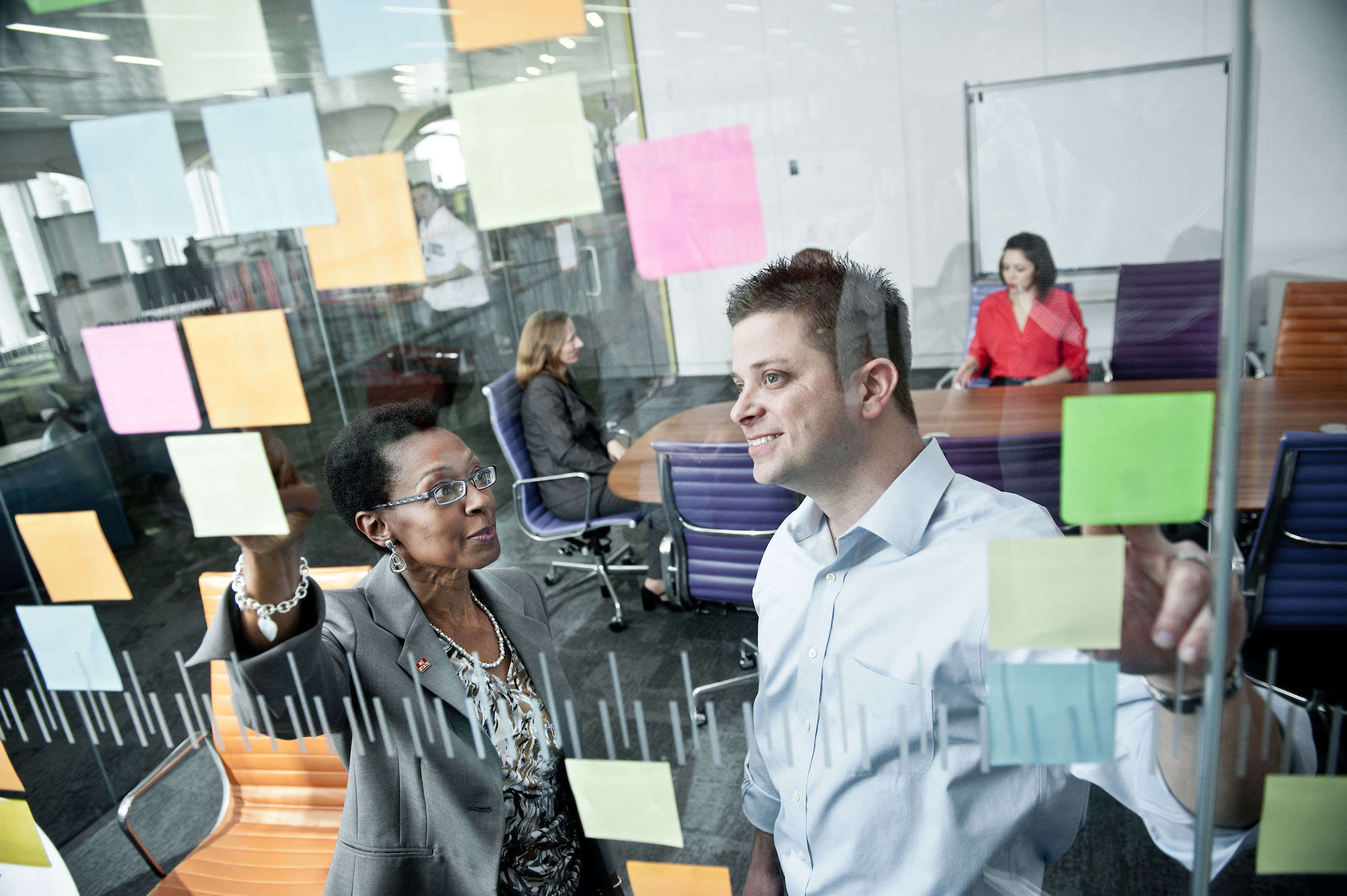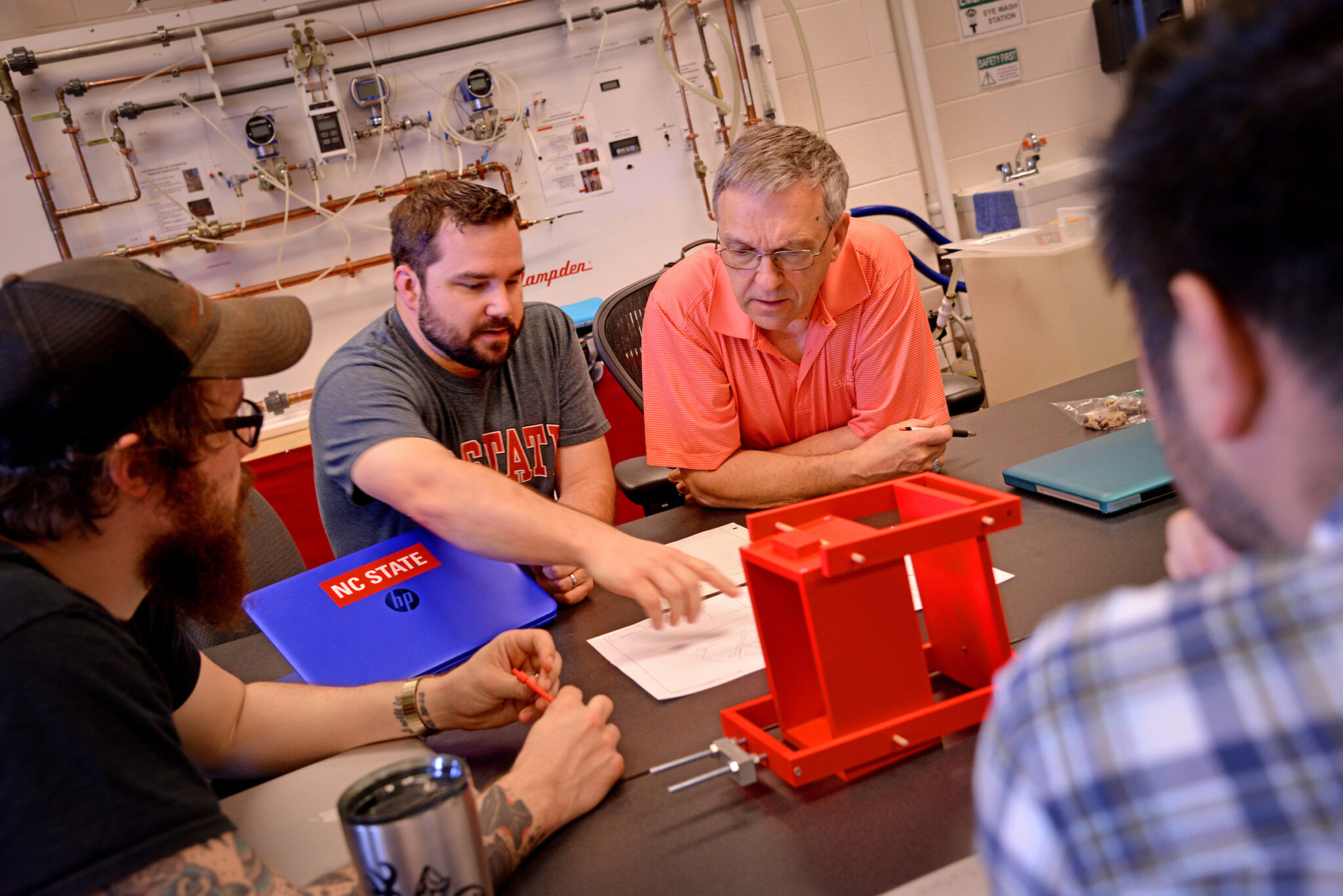Infusing Diversity into Proposal Development and Funded Projects

Sponsors often foreground diversity and inclusion as prominent features of their organizational identities and missions. Funding priorities, of course, are a key way for groups to marshal resources and support projects that move their articulated visions from aspirational thinking to reality. General recognition that diversity adds value, combined with Chancellor Woodson and his Cabinet’s recent call to strengthen NC State’s position as a welcoming campus and educational leader, makes renewed scholarly commitment to diversification most timely.
How can teams structure initiatives to broaden engagement, advance inclusion, and sustain gains that are made? Intersectionality and team design are two gateways to these ends.
Intersectionality. Social identity encompasses multiple dimensions, such as race, ethnicity, socioeconomic background, and career stage, among other domains. Intersectionality is a framework for understanding how experiences are informed by two or more classifications that operate simultaneously. For example, low-income communities may confront economic stereotypes, but economically-disadvantaged senior citizens may grapple with ageism and socioeconomic biases at the same time. In short, social identities are not mutually exclusive; human attributes operate in concert.
Crafting projects that attend to intersectionality pushes research frontiers and enhances responses to societal questions and challenges. Instead of limiting insights to a single demographic category, investigators can unearth findings that sharpen responsiveness for a range of underrepresented groups. Facilitating such insights has the potential to dismantle interlocking barriers that stifle democratic principles and innovative thinking. For instance, opportunities to enrich inclusion initiatives, mature prevailing theories, or uncover nuances in theory-to-practice loops may be overlooked or insufficiently acknowledged. Inadequately pushing analytical and outreach frontiers risks constraining advancements and discoveries that may drive true transformation.
Team Design. Consistent with recognized benefits of building multidisciplinary project teams, the academic community is aware of advantages that arise from developing demographically-diverse teams. Diverse groups frequently bring divergent perspectives to projects and the research enterprise. Non-traditional viewpoints are useful because they initiate overdue conversations, catalyze novel questions, reveal alternative explanations, and position researchers to assist individuals who are traditionally underserved. Unfortunately, people from traditionally-marginalized backgrounds may experience challenges that limit their satisfaction with team projects such as perceptions of tokenism. Teams can engineer successful group outcomes by being mindful of how power dynamics shape group trends, especially as related to career stage, job classification, gender, and other factors.
Carefully reviewing agency mission statements, strategic plans, and recent releases helps to guide the creation of a strong and diverse team. Funding agencies frequently have operational definitions of diversity that inform their grantmaking such as by identifying pressing societal needs, establishing standing or special funding opportunities, and setting solicitation-specific evaluation criteria. Examples include the National Institutes of Health’s Notice of NIH’s Interest in Diversity which specifies underrepresented student and faculty populations in biomedical, clinical, behavioral, and social science fields such as people with disabilities, members of specific ethnic and racial groups, and women. Similar overviews are provided by NASA, the Department of Labor, and the Department of State’s Bureau of Educational and Cultural Affairs.
Attending to intersectionality in project design and demographic diversity in team formation can open the door to social contributions that last. By infusing both components into funded projects, NC State-led teams can accelerate progress toward greater inclusion and more meaningful impacts. Diversity cannot be equated with checking a box; rather, proposers must truly engage communities as engagement helps to broaden participation.
- Categories:


